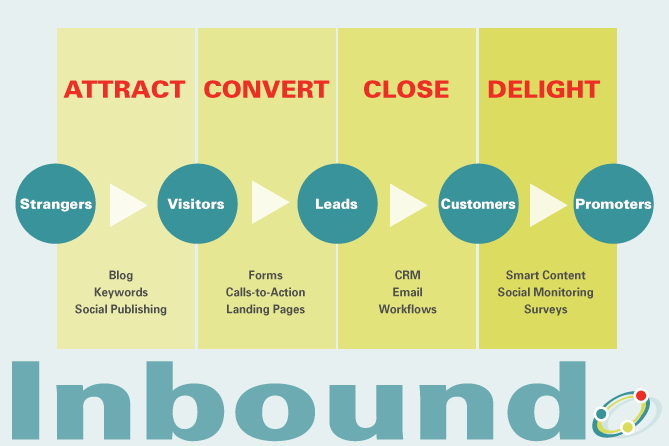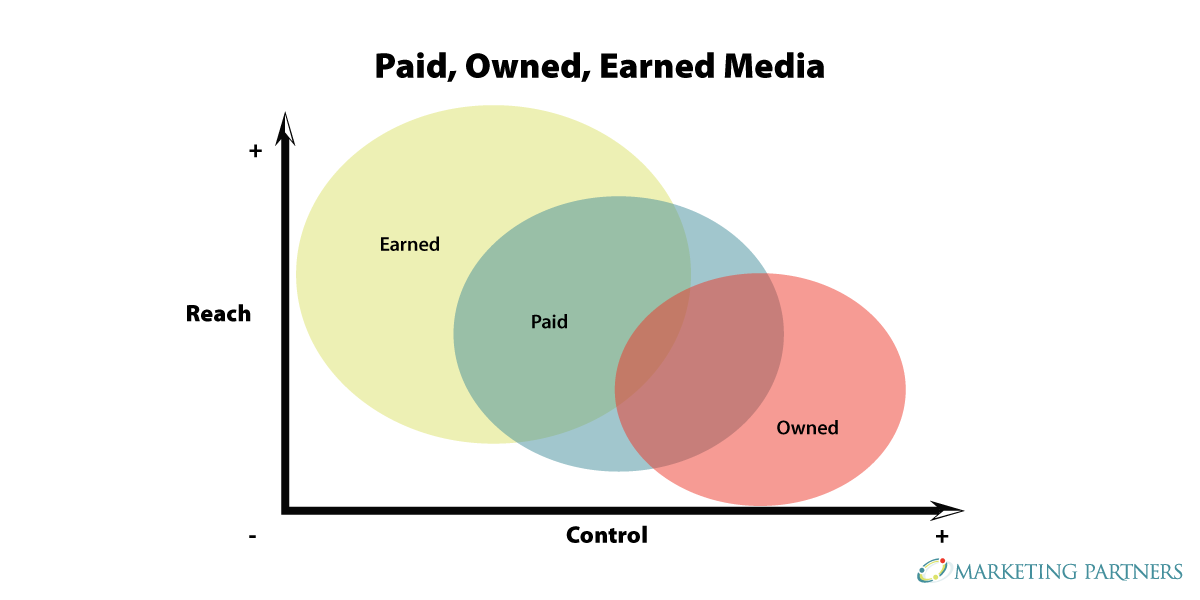How to Use Your Core Values to Inspire, Retain, and Energize Your Team
For the last few decades, but especially so in recent years, people are seeking out more than just an income from their place of employment. More...


Inbound marketing is no longer a new concept. Even marketers and other business leaders not currently practicing inbound or content marketing tend to be at least somewhat familiar with the methodology. At the other end of the adoption spectrum, a healthy number of marketers have gone all in on inbound marketing, and learned valuable lessons along the way.
Inbound marketing refers to marketing activities that bring visitors in, rather than marketers having to go out to get prospects' attention. Inbound marketing earns the attention of customers, makes the company easy to be found, and draws customers to the website by producing interesting content.[i]
Inbound marketing focuses on creating quality content that pulls people toward your company and product, when they are most interested. By aligning the content you publish with your customer’s interests, you naturally attract online traffic that you can then convert and close.
With content specifically designed to appeal to your dream customers, inbound attracts qualified prospects to your business and keeps them coming back for more.
Still think inbound marketing isn’t for you? Guess again. The 2015 State of Inbound report shows of the nearly 4,000 people surveyed, inbound had a 75% likelihood of being the marketing approach of choice, while outbound had only a 25% chance. This 3:1 ratio remained consistent across all company types (B2B, B2C, and nonprofit).
Inbound continues to be the core marketing strategy of the “lean ‘n’ mean” shop -- those 25-200 employee operations. Over six times as many respondents from companies with fewer than 25 employees cited inbound as their primary marketing approach. In 26-200 person companies, 70% of respondents cited inbound as their dominant marketing strategy.
At companies with over 200 employees, inbound and outbound marketing strategies are used equally. With bigger budgets comes the ability to spend money on paid marketing campaigns, even while running them alongside inbound campaigns.
[i] Wikipedia: https://en.wikipedia.org/wiki/Inbound_marketing
The Change Conversations blog is where changemakers find inspiration and insights on the power of mission-driven communication to create the change you want to see.
© 2009- to present, Marketing Partners, Inc. Content on the Change Conversations blog is licensed under a Creative Commons Attribution-Noncommercial-NoDerivs 3.0 United States License to share as much as you like. Please attribute to Change Conversations and link to ChangeConversations.
Creative Commons License may not apply to images used within posts and pages on this website. See hover-over or links for attribution associated with each image and licensing information.

For the last few decades, but especially so in recent years, people are seeking out more than just an income from their place of employment. More...

You know nonprofit organizations need websites just as small businesses do, but you may be surprised to learn nonprofit sites can be more complex and...

In today’s rapidly evolving media landscape, understanding where and how your story is told isn’t just strategic—it’s essential. How you communicate...